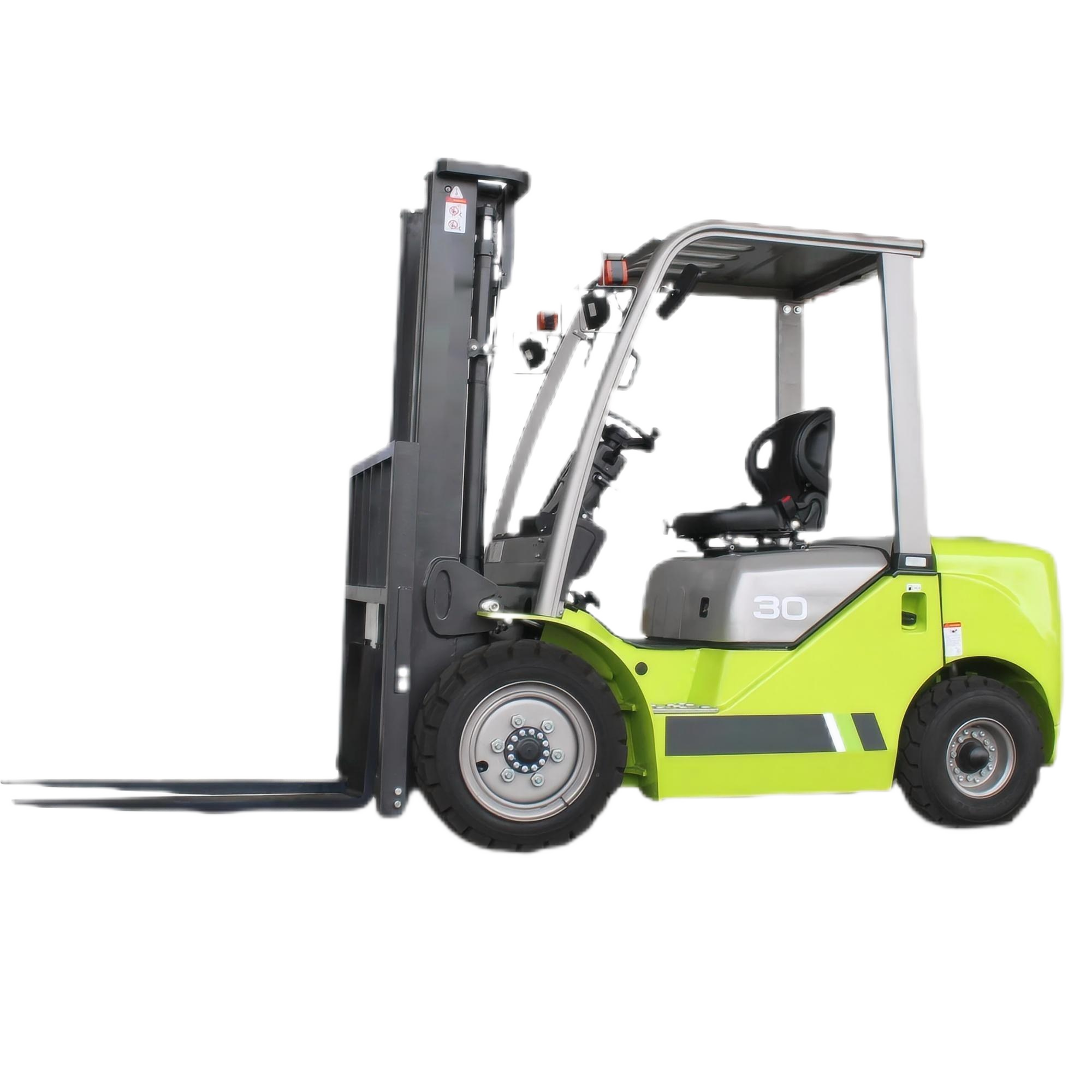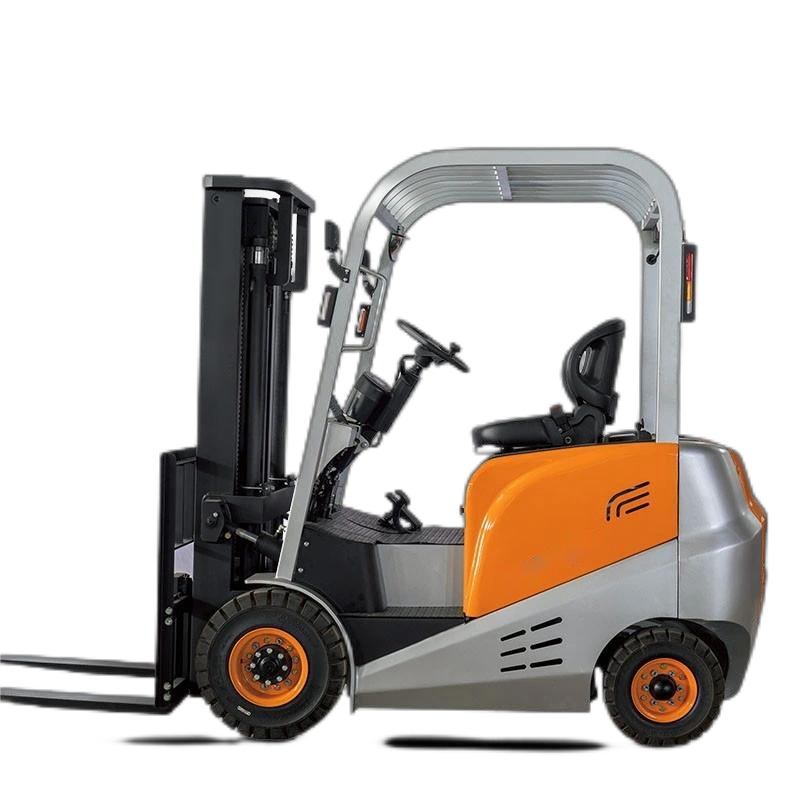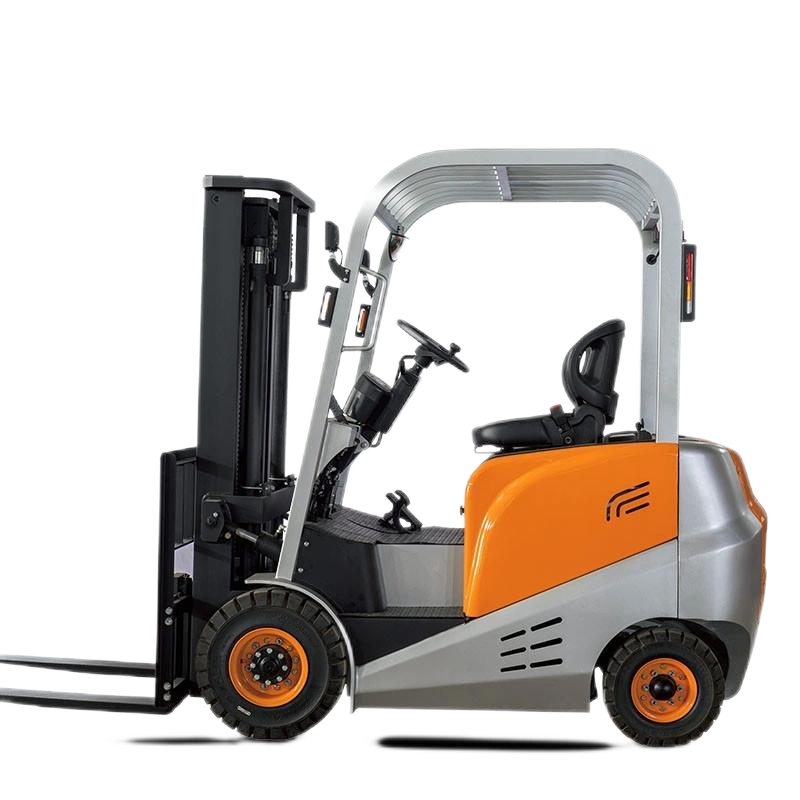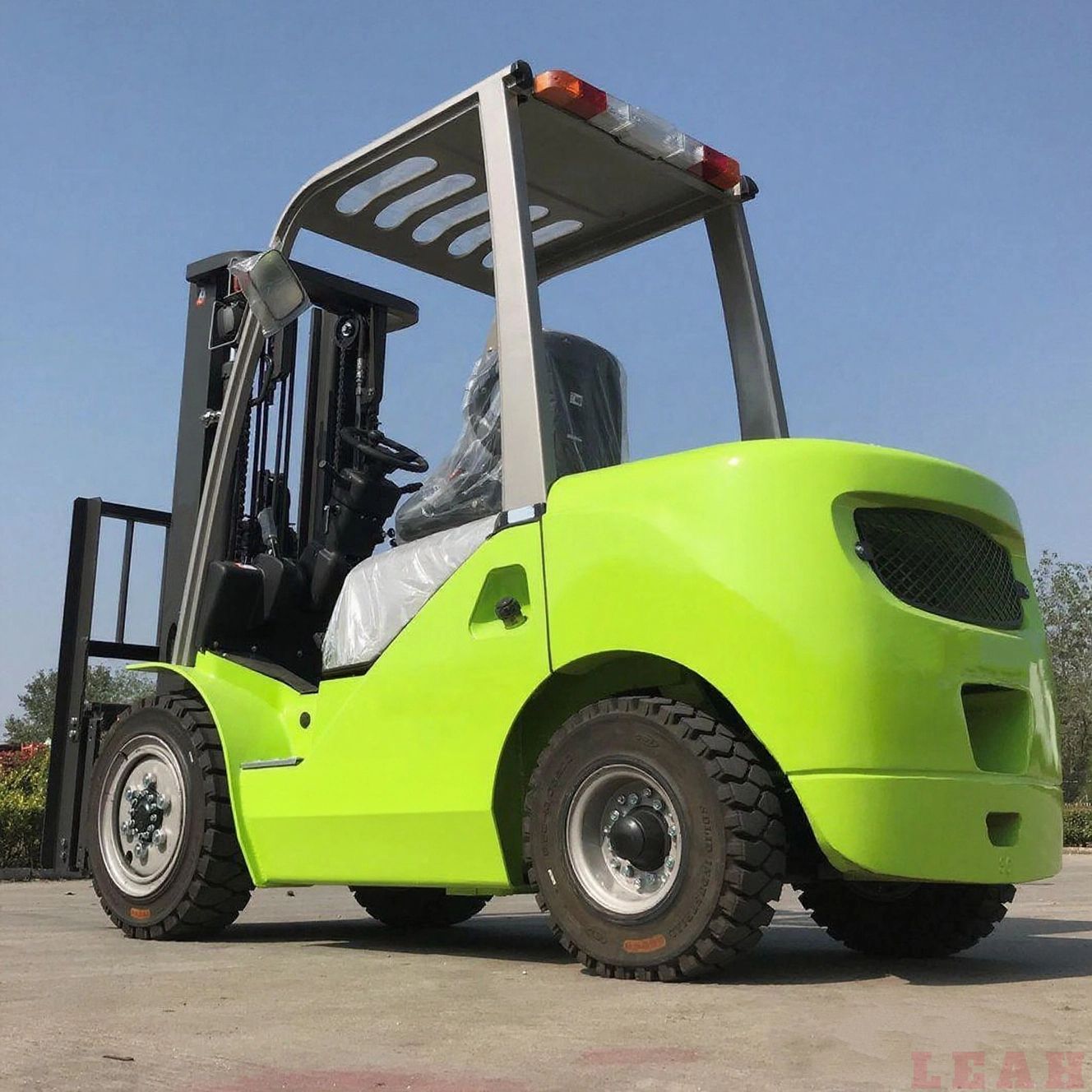When an electric forklift fails to move forward or reverse, it is typically caused by issues in the power transmission system, control circuit, drive motor, or mechanical components. Below is a step-by-step troubleshooting guide to identify and resolve common problems, along with safety precautions (critical for electrical and mechanical operations).
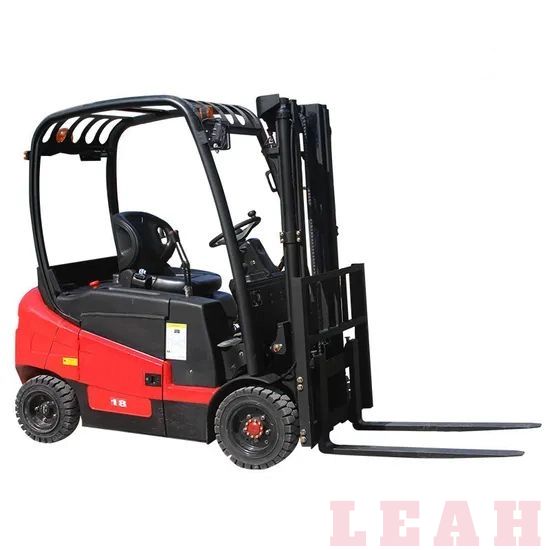
1. First: Ensure Safety & Basic Checks
Before any troubleshooting, prioritize safety to avoid electric shocks, equipment damage, or personal injury:
- Power off: Turn off the forklift’s main power switch and remove the key.
- Secure the vehicle: Engage the parking brake, lower the forks to the ground (to prevent tipping), and block the wheels with chocks (if testing on uneven ground).
- Wear PPE: Use insulated gloves (for electrical checks) and safety glasses (for inspecting mechanical parts).
Then perform basic visual/functional checks:
- Battery status: Check if the battery is sufficiently charged (use the forklift’s battery gauge or a multimeter). A low charge (below 20% of rated capacity) will prevent the drive system from activating. Also, inspect battery terminals for corrosion, loose wires, or damaged cables—clean corroded terminals with a wire brush and ensure connections are tight.
- Fuse/breaker: Locate the fuse box (usually near the battery or control panel) and check if fuses related to the "forward/reverse" function are blown. Replace blown fuses with the same amperage rating (using a higher rating risks electrical damage). Also, reset any tripped circuit breakers (common if the system overloaded).
- Operator controls: Confirm the "forward/reverse" lever is not stuck (debris or mechanical jamming) and that the seat switch (a safety interlock) is activated (most forklifts require the operator to be seated to engage movement). Test the accelerator pedal—if it feels unresponsive, it may be a faulty pedal or linkage.
2. Troubleshoot Electrical Control Components
The forward/reverse function relies on electrical signals from the control system to the drive motor. Key components to inspect:
a. Forward/Reverse (F/R) Switch
The F/R switch is the primary component that sends signals to the controller to change direction.
- Check for continuity: Use a multimeter (set to "ohms") to test if the switch conducts electricity when in "Forward" and "Reverse" positions. If there is no continuity (infinite resistance), the switch is faulty and needs replacement.
- Inspect wiring: Look for loose, frayed, or disconnected wires at the switch terminals. Damaged wires can interrupt the signal—repair or replace them with matching-gauge cables.
b. Drive Controller (Electronic Control Unit, ECU)
The controller acts as the "brain"—it receives signals from the F/R switch and accelerator, then regulates power to the drive motor. A faulty controller will prevent movement entirely.
- Visual inspection: Check for burnt marks, swollen capacitors, or oil leaks (on hydraulic-integrated controllers) on the controller housing. These are signs of internal damage.
- Error codes: Many modern forklifts (e.g., Toyota, Crown, Jungheinrich) have a digital display that shows error codes related to the drive system. Refer to the forklift’s service manual to decode errors (e.g., "E05" often indicates a controller communication failure).
- Professional testing: Controllers require specialized tools (e.g., manufacturer-specific diagnostic scanners) to test functionality. If no error codes appear but movement is absent, the controller may need repair or replacement by a certified technician.
c. Safety Interlocks
Electric forklifts have mandatory safety interlocks to prevent accidental movement. If any interlock fails, the forward/reverse function will be disabled:
- Seat switch: Ensures the operator is seated. Test by pressing the switch manually (while the forklift is off) to see if it clicks (a sign of proper function). If it’s stuck or unresponsive, replace it.
- Parking brake interlock: Some models require the parking brake to be released before moving. Check if the brake lever is fully disengaged, and inspect the brake switch (near the lever) for loose wiring or damage.
- Fork height interlock: A few forklifts disable movement if the forks are raised too high (to prevent tipping). Lower the forks completely and test again.
3. Inspect the Drive Motor & Transmission
If the electrical system checks out, the issue may lie in the mechanical components that transfer power to the wheels:
a. Drive Motor
The motor converts electrical energy to mechanical energy. A faulty motor will not drive the wheels:
- Listen for unusual noises: Turn on the forklift, shift to "Forward," and press the accelerator. If you hear a humming/buzzing sound (but no movement), the motor may be "stalled" (e.g., due to a seized bearing or internal short).
- Test motor power: Use a multimeter to check if voltage reaches the motor terminals when the F/R switch is activated. If voltage is present (matching the battery voltage, e.g., 48V or 80V) but the motor doesn’t run, the motor is faulty (needs rewinding or replacement).
- Check for overheating: A motor that overheats (hot to the touch) may have a short circuit or damaged windings. Allow it to cool, then test again—persistent overheating confirms a motor issue.
b. Drive Axle & Gearbox
The gearbox (or transaxle) transfers power from the motor to the wheels. Mechanical failure here will block movement even if the motor runs:
- Visual inspection: Check for oil leaks around the gearbox (low oil levels cause excessive friction). Inspect the drive axle for loose or broken bolts, and ensure the wheels are not locked (e.g., due to a seized bearing or debris stuck in the wheel hub).
- Manual movement test: With the forklift powered off and the parking brake released, try pushing the forklift by hand. If it’s impossible to move, the gearbox or axle is seized—this requires disassembly and repair by a technician.
4. Check Hydraulic or Brake Interference (Less Common)
In rare cases, hydraulic system issues or brake malfunctions can indirectly prevent movement:
- Hydraulic pressure: If the forklift’s hydraulic system (for lifting forks) is overpressurized, it may trigger a safety cutoff for the drive system. Check the hydraulic fluid level and look for leaks in hoses or cylinders.
- Brake drag: A stuck or misadjusted service brake (not the parking brake) can create constant friction on the wheels. Inspect the brake calipers (on disc brakes) or brake shoes (on drum brakes) for wear or jamming—replace worn parts and adjust brake clearance per the manual.
5. Next Steps If Troubleshooting Fails
If you’ve checked all the above components and the forklift still won’t move forward/reverse:
- Refer to the service manual: Manufacturer-specific guides (e.g., Yale, Hyster) have detailed wiring diagrams and component test procedures tailored to your forklift model.
- Contact a certified technician: Electric forklift drive systems (especially controllers and motors) are complex and require specialized training to repair. Attempting to disassemble a controller or rewind a motor without expertise can cause further damage or safety hazards.
Summary of Common Causes & Fixes
| Issue Category | Common Causes | Recommended Fixes |
|---|---|---|
| Basic Power/Safety | Low battery charge, blown fuse, tripped breaker | Charge battery, replace fuse (matching amp), reset breaker. |
| Electrical Controls | Faulty F/R switch, broken controller, bad interlocks | Replace F/R switch, repair/replace controller, fix/replace safety switches. |
| Drive Motor/Transmission | Stalled motor, seized gearbox, broken axle | Rewind/replace motor, repair gearbox, fix/replace drive axle. |
| Mechanical Interference | Brake drag, hydraulic overpressure | Adjust/replace brakes, fix hydraulic leaks. |
By following this systematic approach, you can efficiently identify the root cause and resolve the "no forward/reverse" issue—always prioritize safety and consult a professional for complex electrical or mechanical repairs.





